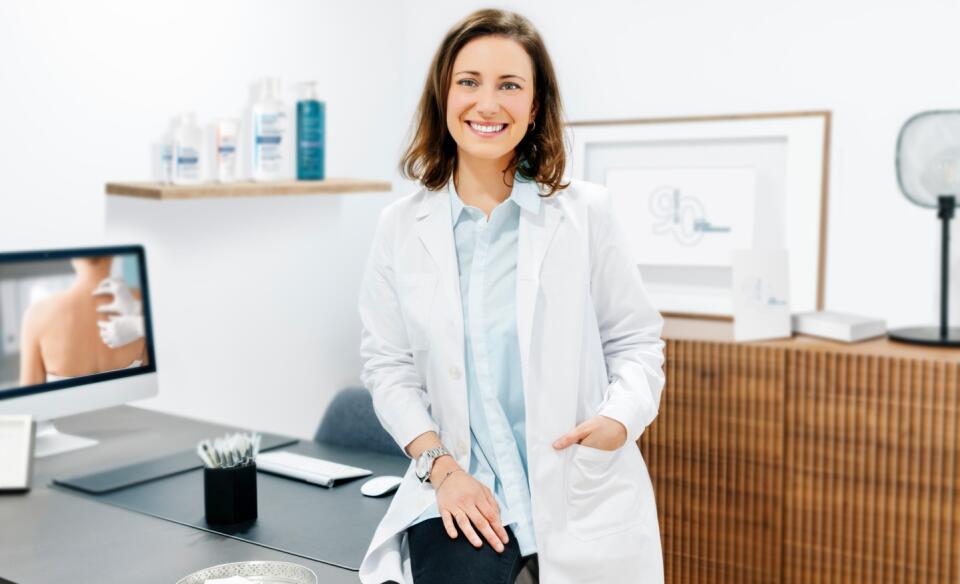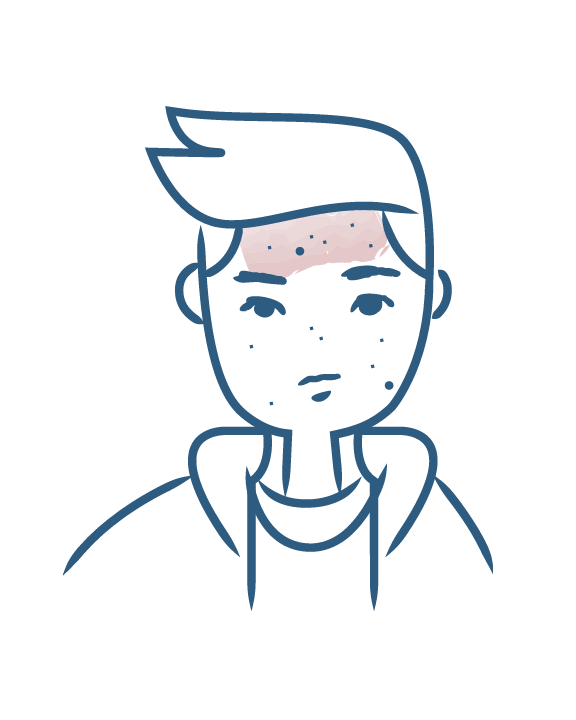-
Your concerns
Our articles to help you gain a better understanding
-
Our solutions
-
Ducray Dermatological laboratories
Our articles to help you gain a better understanding

Acne and rosacea are two chronic dermatoses that tend to affect the face and can have a major impact on quality of life. They are two diseases that are similar in certain aspects, hence the importance of going to see a doctor to get a clear diagnosis of acne or rosacea.

Summary
Acne affects all people at all stages of life but particularly teenagers. Acne affects areas rich in pilosebaceous follicles such as the face, back and upper chest: hyperseborrhea (too much sebum) makes the skin oily and shiny; hyperkeratinization (too many cells) causes retentional lesions such as blackheads and whiteheads; inflammation causes the appearance of acne spots, papules, pustules or nodules. These different symptoms are all signs of acne that direct the doctor towards this disease.
Rosacea is more likely to affect adult women with fair skin. The main cause is a circulation disorder in the small vessels of the face. The most common form of rosacea does not resemble acne: rosacea is marked by facial redness and small vessels visible on the surface of the skin (rosacea). The papulopustular form, on the other hand, develops in flare-ups and has inflammatory lesions very similar to those of acne, hence the risk of confusion.
Doctors know how to differentiate between acne and rosacea and will be able to suggest a suitable treatment for acne or rosacea.
Acne is treated with localized or generalized retinoids, benzoyl peroxide, localized or generalized antibacterials, zinc, etc.
Rosacea can be treated with specific creams, for example with metronidazole. As in acne, some antibacterials are indicated. If such treatment fails, acne treatments, i.e. retinoids, can be effective.
Whether you suffer from acne or rosacea, in both cases, hygiene and care must be gentle and adapted to the condition. You should also consider corrective medical and natural makeup to neutralize the redness of acne or rosacea lesions.
Oily or acne-prone skin

Oily or acne-prone skin
NEWSLETTER
Dermatological expertise
To better understand your skin and hair, discover our exclusive content and innovative care products designed to improve your quality of life..